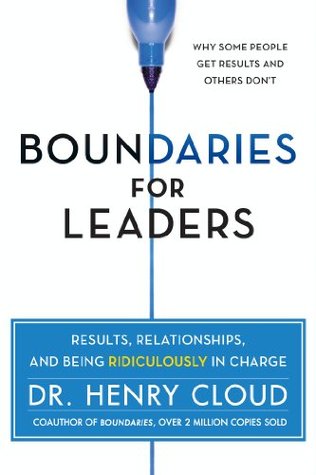More on this book
Community
Kindle Notes & Highlights
by
Henry Cloud
Started reading
December 3, 2018
But what also struck me was that there were no “bad guys” anywhere in the mix—only good and talented people, all trying to do the best they could.
The only solution was for the board to find a way to help Chris achieve his potential and for Chris to find a way to be the kind of leader his company needed.
When leaders lead in ways that people’s brains can follow, good results follow as well.
Wherever you might find yourself, remember that there are good reasons for the results you are not getting. And there are answers that work. But to get to the answers, you will have to get to a very important realization first.
It is a central principle of boundaries: ownership.
Leaders, through a handful of essential boundaries, make sure certain things happen, prevent other things from happening, and keep it all moving forward.
Negatively, they set limits on confusion and distraction. They prohibit practices and behaviors that sow the seeds of a negative emotional climate in any way, realizing that toxic behavior and emotions impede high performance.
Leadership must set the stage and ensure that: a. What is important is always being attended to—attention. b. What is not important or destructive is not allowed in—inhibited. c. There is ongoing awareness of all the relevant pieces required to fulfill the task—working memory.
What structures, disciplines, and practices make sure that your people are attending to what is most important? What processes do you have in place that are inhibiting what is disruptive, irrelevant, or destructive? How do you keep people conscious of what they need to be conscious of in order to make it all work? How do you lead in a way that enables people to attend, inhibit, and remember?


